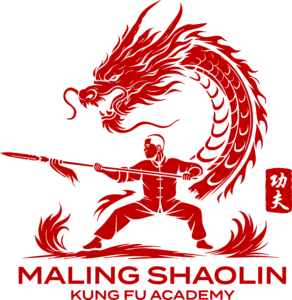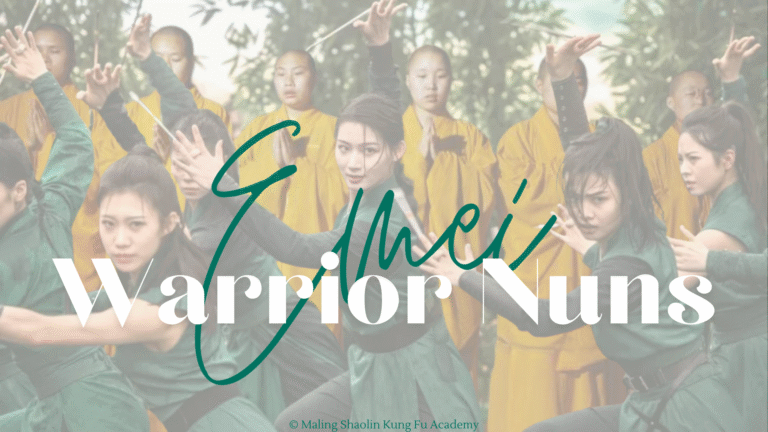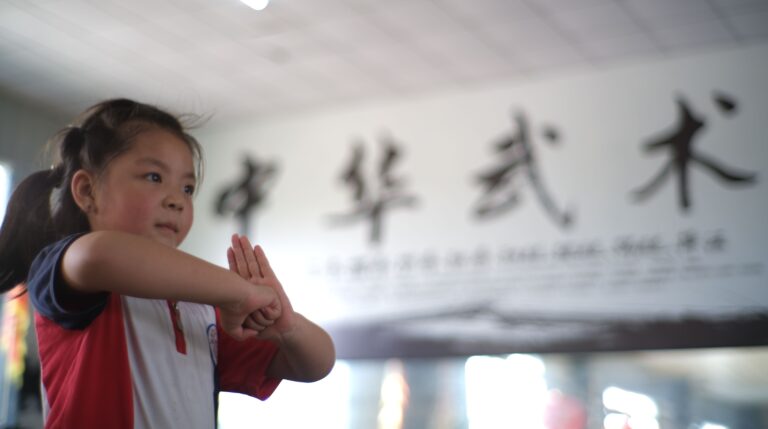
Xingyi Quan (形意拳), often translated as “Form-Intent Fist,” is one of the oldest and most revered internal martial arts in China. Known for its direct and explosive techniques, Xingyi emphasizes the unity of body and mind, aiming to harness the practitioner’s intent (Yi) to manifest powerful movements (Xing). This article delves into the history, principles, techniques, and benefits of Xingyi Quan, offering a comprehensive overview of this profound martial art.
Historical Background

The origins of Xingyi Quan are somewhat obscured by legend and folklore, but it is generally believed to have been developed in the late Ming and early Qing dynasties. One prominent theory attributes its creation to General Yue Fei, a famous military leader known for his prowess in combat. However, the more widely accepted narrative places its formal development in the hands of Ji Longfeng (also known as Ji Jike), a martial artist from Shanxi province who lived in the 17th century. Ji Longfeng is said to have synthesized techniques from spear fighting into a comprehensive hand-to-hand combat system, laying the foundation for modern Xingyi Quan.
Core Principles
At the heart of Xingyi Quan are several core principles that differentiate it from other martial arts:
- Unity of Form and Intent: The essence of Xingyi lies in the seamless integration of physical form (Xing) and mental intent (Yi). Practitioners are taught to focus their intent to direct their movements, resulting in powerful, precise, and efficient techniques.
- Five Elements Theory (五行, Wu Xing): Xingyi’s techniques are based on the Five Elements (Metal, Water, Wood, Fire, and Earth), each representing a specific type of energy and movement pattern. These elements interact in creative and destructive cycles, providing a framework for both offense and defense.
- Twelve Animal Forms (十二形, Shí’èr Xíng): Xingyi incorporates movements inspired by the characteristics of twelve animals, including the dragon, tiger, monkey, horse, and snake. Each animal form embodies unique strategies and techniques, allowing practitioners to adapt to various combat situations.
- Direct and Explosive Power: Unlike some other internal martial arts that emphasize circular movements, Xingyi is known for its direct, linear strikes. Techniques are executed with explosive power, often described as “borrowing the force of a cannon.”
Training Methods

Training in Xingyi Quan typically begins with foundational exercises and progresses to more complex forms and applications. Key training methods include:
- San Ti Shi (三体式): Often translated as the “Three Body Posture,” this fundamental stance trains the practitioner’s body alignment, balance, and root. It is considered the cornerstone of Xingyi training.
- Five Elements Forms (五行拳, Wu Xing Quan): Practitioners learn the five basic forms corresponding to the Five Elements, each emphasizing a different type of force and technique:
- Pi Quan (劈拳, Splitting Fist): Metal element, characterized by downward chopping movements.
- Zuan Quan (钻拳, Drilling Fist): Water element, featuring upward drilling strikes.
- Beng Quan (崩拳, Crushing Fist): Wood element, focusing on explosive forward strikes.
- Pao Quan (炮拳, Pounding Fist): Fire element, emphasizing powerful, explosive strikes.
- Heng Quan (横拳, Crossing Fist): Earth element, characterized by horizontal strikes.
- Animal Forms: Advanced practitioners study the twelve animal forms, which add diversity and adaptability to their skill set. Each form provides insights into different combat strategies and body mechanics.
- Two-Person Drills and Sparring: Partner exercises and controlled sparring help practitioners apply their techniques in realistic scenarios, improving their timing, distance management, and reflexes.
Understanding San Ti Shi (三体式) in Xingyi Quan
San Ti Shi (三体式), also known as the “Three Body Posture,” is a fundamental stance and practice in Xingyi Quan (形意拳), one of the major internal martial arts in China. This posture is often considered the cornerstone of Xingyi Quan training, encapsulating the principles of structure, balance, and internal energy development.
The Meaning of San Ti Shi
San Ti Shi translates to “Three Body Posture” or “Three Substances Posture,” reflecting its emphasis on integrating three key aspects of the practitioner’s body:
- Heaven (天, Tiān): The upper part of the body, including the head and shoulders.
- Human (人, Rén): The middle part of the body, mainly the torso and waist.
- Earth (地, Dì): The lower part of the body, encompassing the legs and feet.
These three aspects correspond to the unity of mind, body, and spirit, which are central to internal martial arts practice.
The Posture

San Ti Shi is a standing meditation posture that requires the practitioner to hold a specific stance for extended periods. The stance involves the following key elements:
- Foot Position: The front foot points straight ahead, while the back foot is angled outward at about 45 degrees. The weight distribution is typically around 60% on the back leg and 40% on the front leg.
- Leg Alignment: The knees are slightly bent, with the front knee aligned with the toes and the back knee pushing slightly outward.
- Torso Alignment: The torso is upright but relaxed, with the spine elongated and the chest slightly hollowed.
- Arm Positions:
- Left Hand: The left hand is extended forward at shoulder height. The fingers point slightly upward with the palm facing inward. This represents a pushing or striking motion.
- Right Hand: The right hand is brought near the abdomen, typically in front of the dantian (丹田), which is a vital energy center located a few inches below the navel. The fingers of the right hand point upward with the palm facing inward.
- Tiger Mouth (虎口, Hǔkǒu): Both hands maintain a rounded shape, particularly at the space between the thumb and index finger, known as the tiger mouth, which should be open and rounded.
- Head Position: The head is held upright, with the chin slightly tucked in to elongate the neck and align the spine.
- Body Posture: The body should be upright but relaxed, with the hips and shoulders aligned with your eyes should look forward, projecting intention and focus. The stance helps to engage the core muscles and stabilize the body’s center of gravity.
- Energy: The focus of your Qi (气), vital energy, should be sunk to the dantian, promoting a sense of grounding and internal energy cultivation.
Benefits of San Ti Shi
San Ti Shi is not merely a physical exercise but also a practice that integrates mind and body, offering numerous benefits:
- Internal Energy Development (内功, Nèigōng): Holding the posture helps cultivate internal energy or Qi (气, Qì), which is vital for power generation in Xingyi Quan.
- Structural Alignment: The stance promotes correct body alignment and posture, which are essential for effective movement and power transmission.
- Mental Focus: Practicing San Ti Shi requires and develops intense mental concentration, enhancing the practitioner’s ability to focus and maintain a calm mind.
- Strength and Endurance: Maintaining the stance builds leg strength, stamina, and overall physical endurance.
- Balance and Stability: The posture enhances the practitioner’s balance and stability, crucial for both static and dynamic movements in martial arts.
While San Ti Shi is primarily a training posture, its principles are directly applicable to martial techniques in Xingyi Quan. The stance teaches practitioners how to generate power from the ground, maintain balance while moving, and integrate the whole body into each strike. It serves as a foundational training method that prepares the practitioner for more complex forms and applications.
Health Benefits and Applications of Xingyi

Beyond its martial applications, Xingyi Quan offers numerous health benefits, aligning with traditional Chinese medicine principles. Regular practice enhances physical fitness, increases flexibility, and promotes cardiovascular health. The emphasis on proper alignment and internal energy cultivation also supports joint health, reduces stress, and improves mental focus.
Conclusion
Xingyi Quan stands as a testament to the profound wisdom embedded in traditional Chinese martial arts. Its unique blend of physical technique and mental intent offers practitioners a path to not only martial excellence but also personal growth and self-discovery. Whether approached as a means of self-defense, a form of exercise, or a meditative practice, Xingyi Quan continues to inspire and challenge those who embark on its journey.
MSKFA Styles: Xingyi
Interested to learn more about Xingyi? Here at Maling Shaolin Kung Fu Academy, we offer a wide range of disciplines including Northern Shaolin Kung Fu, Sanda, Tai Chi, Wing Chun, Baji, Xingyi, Bagua, and Animal Styles, among others. In fact, Xingyi is a specialty of Master Tang! Click below to check out more on our styles and offerings:



